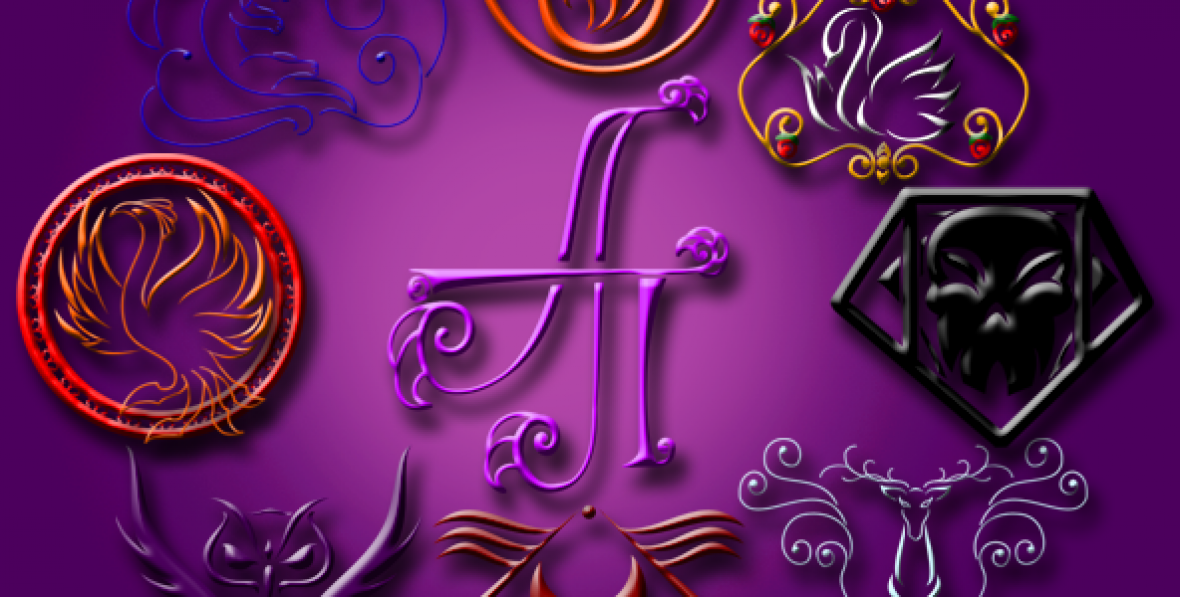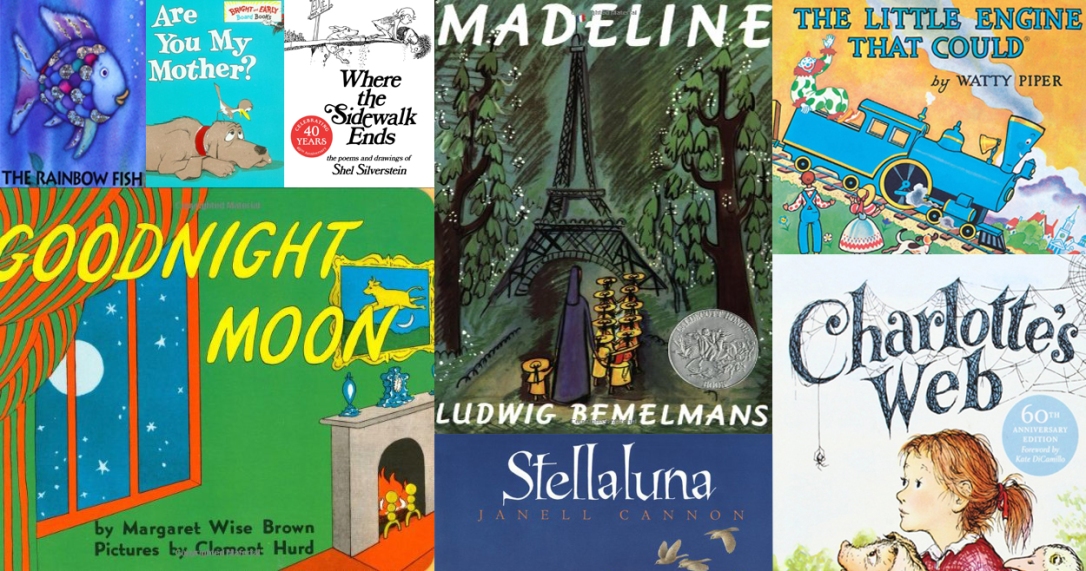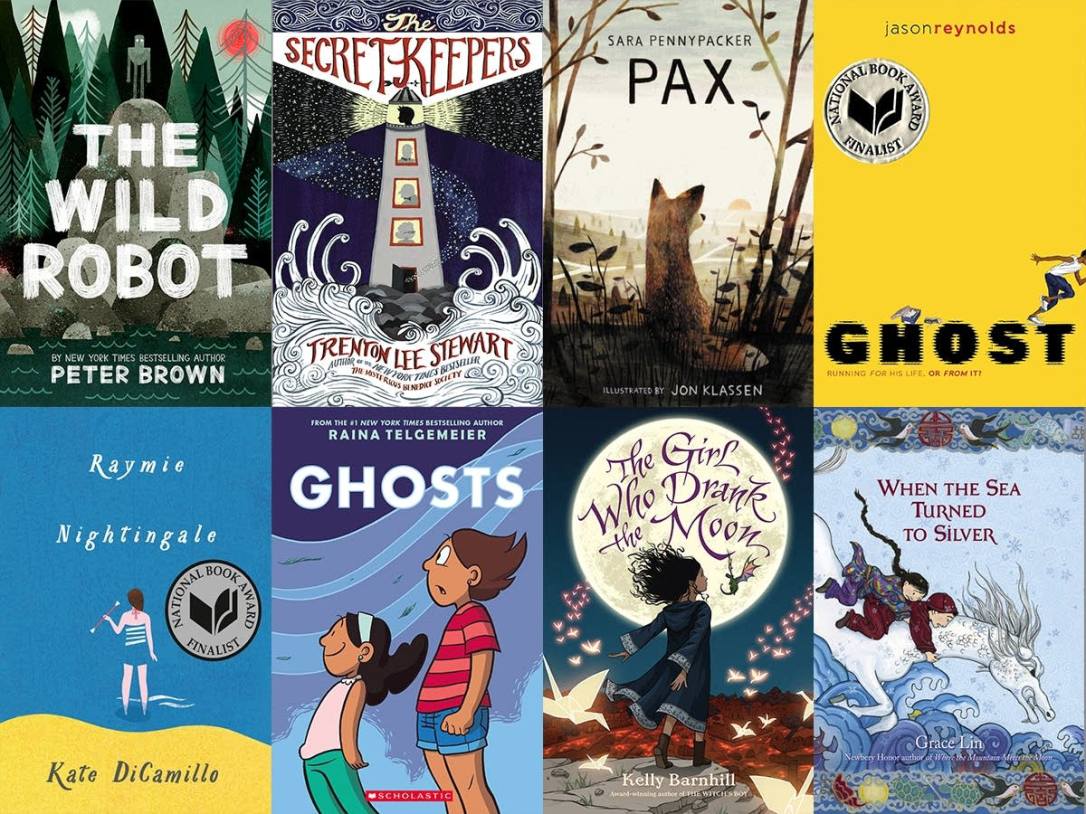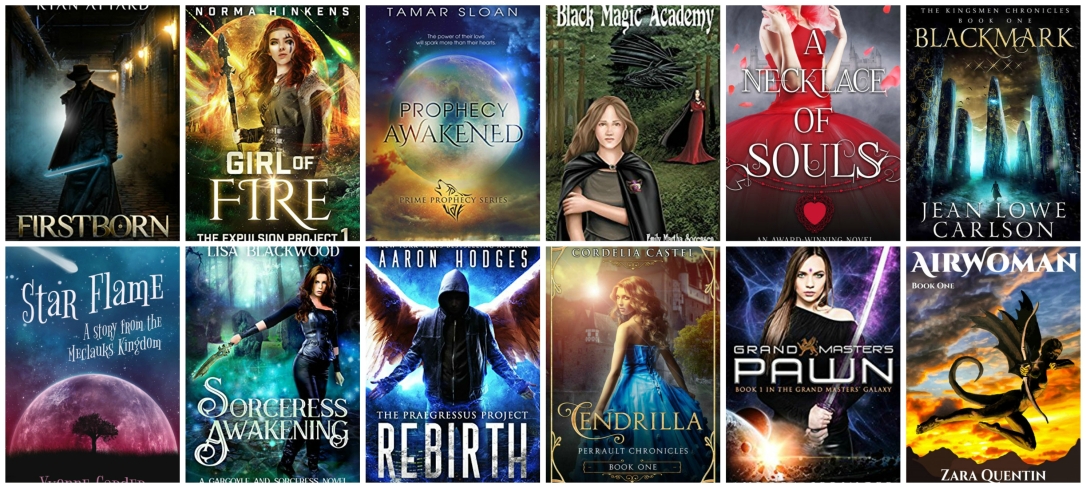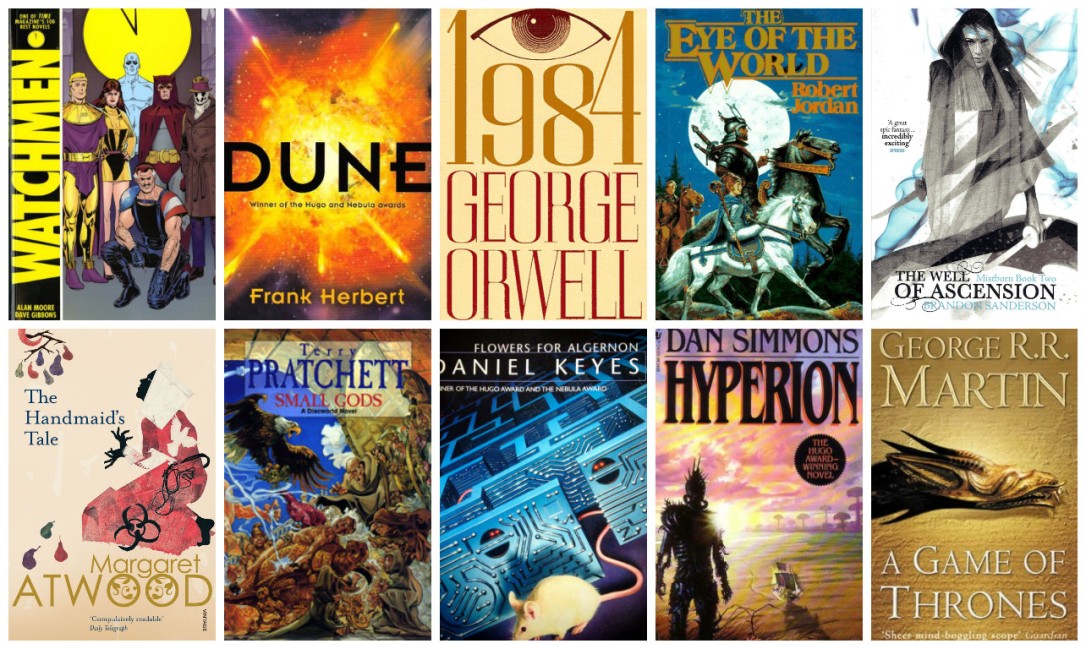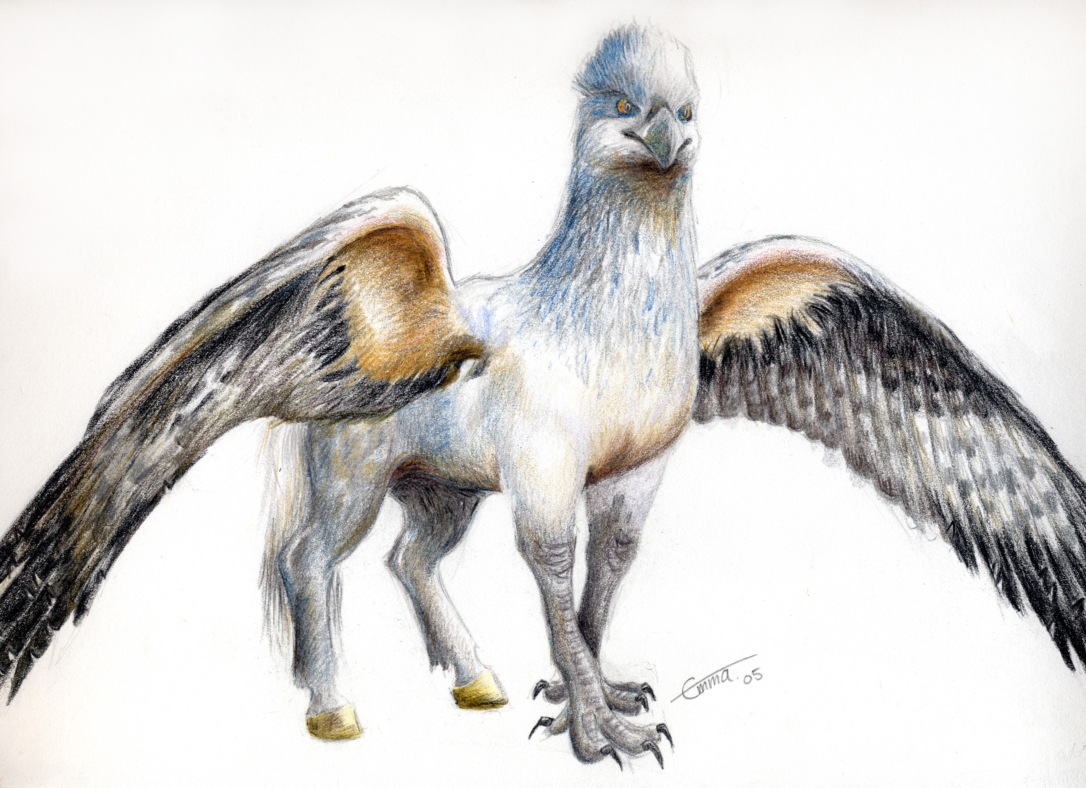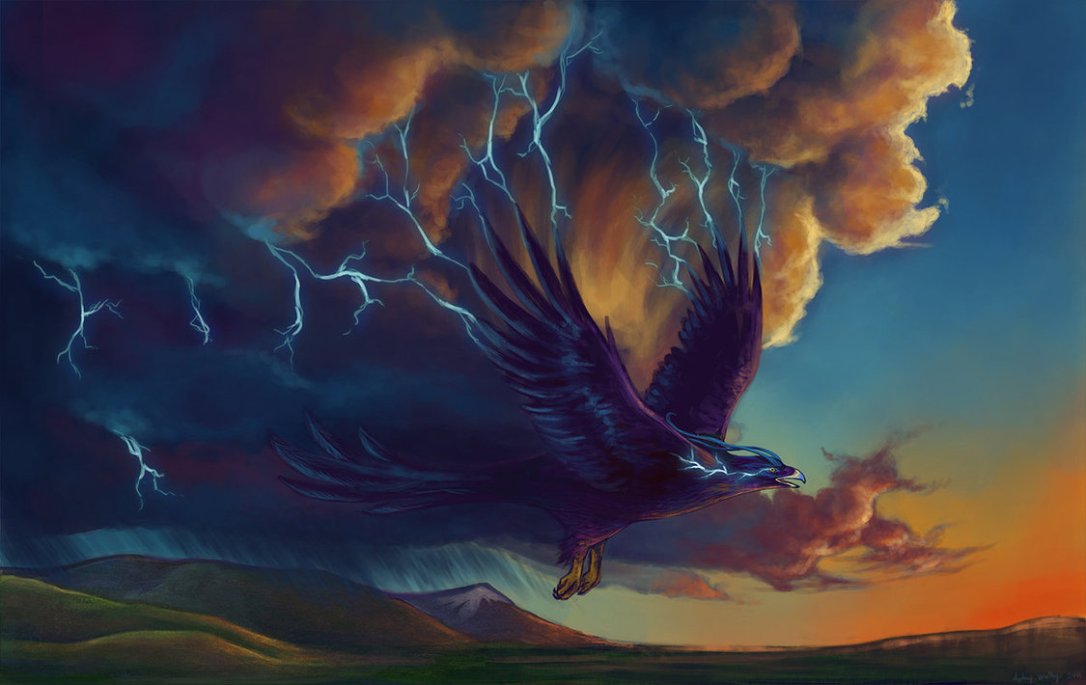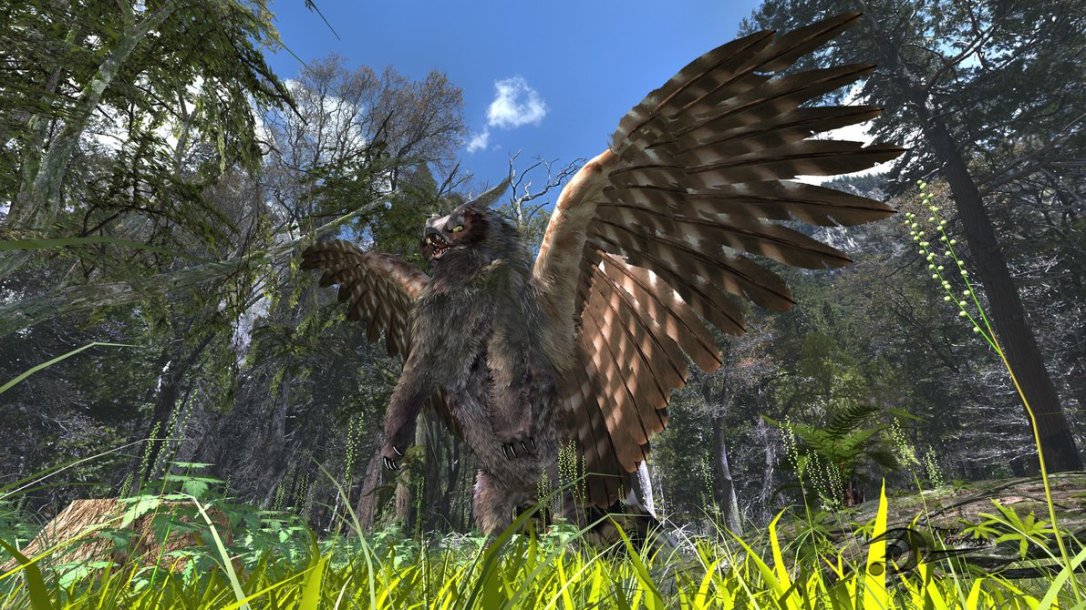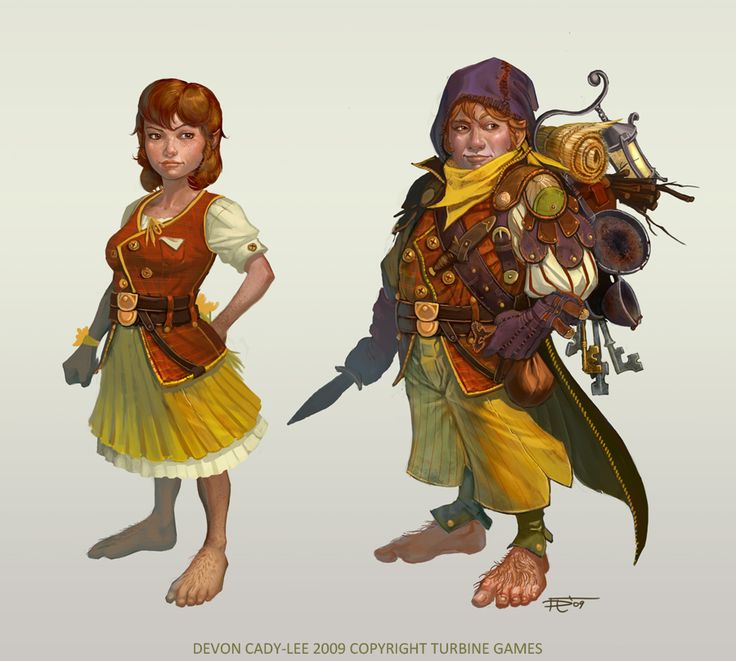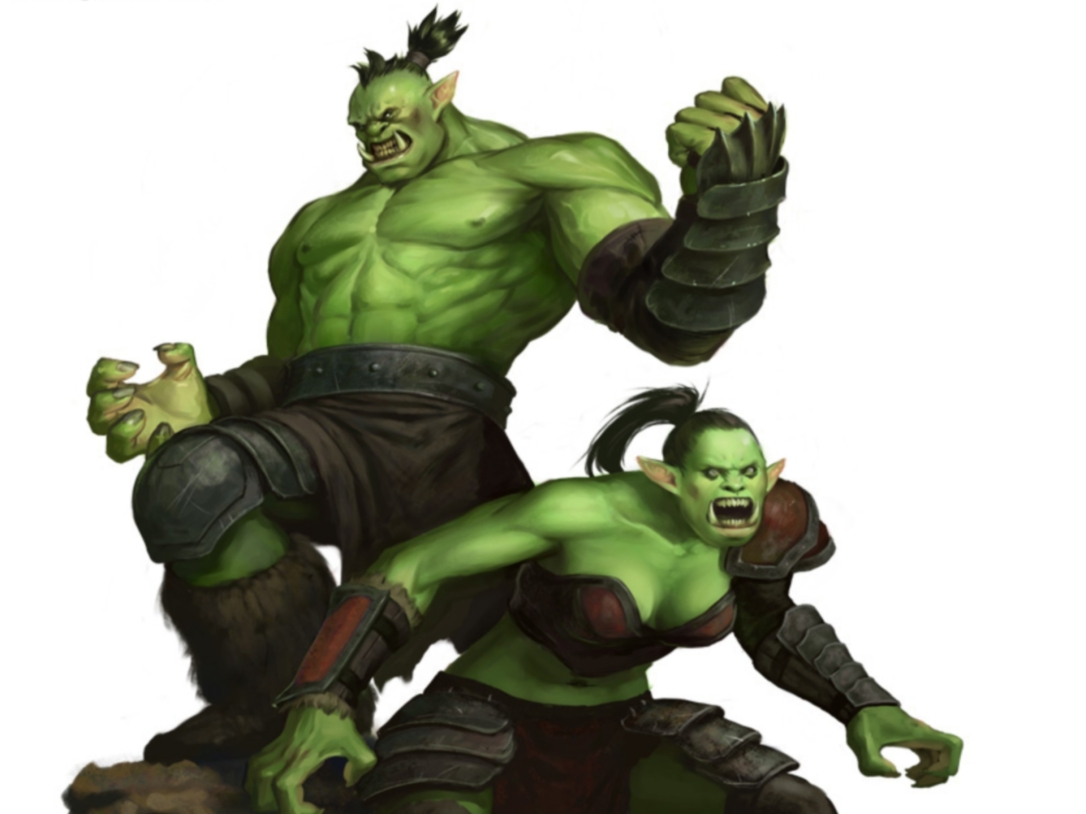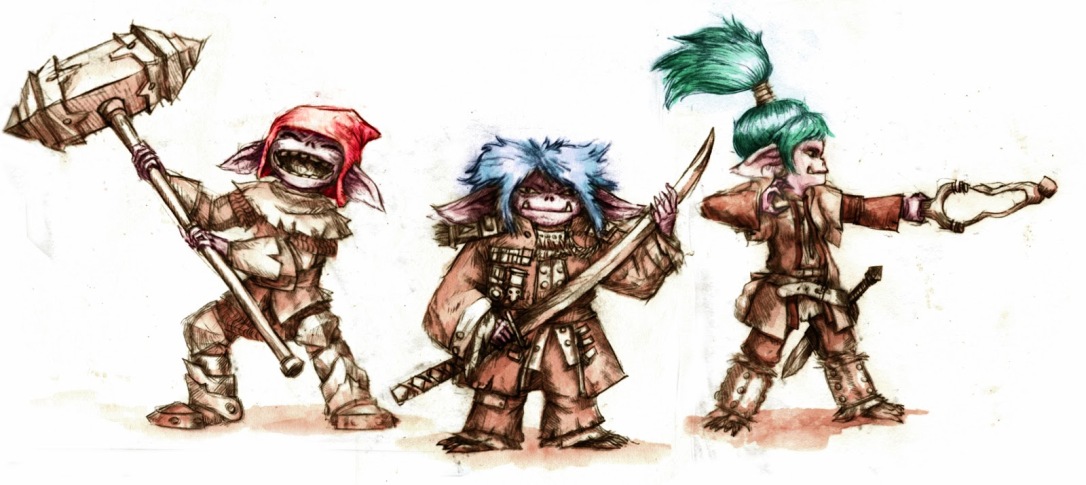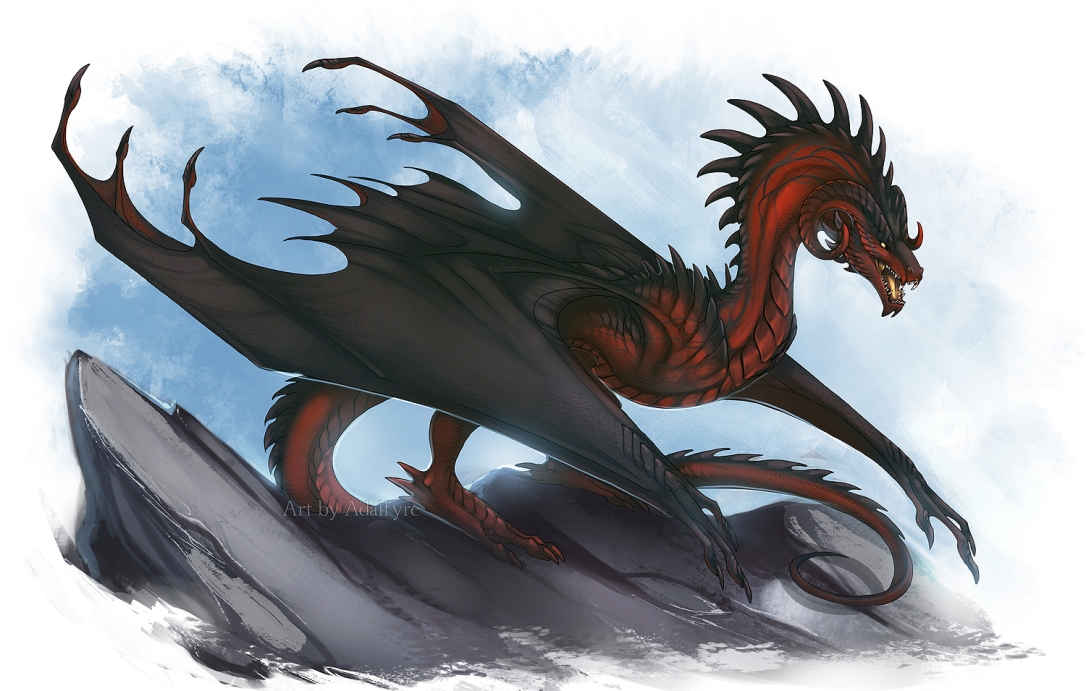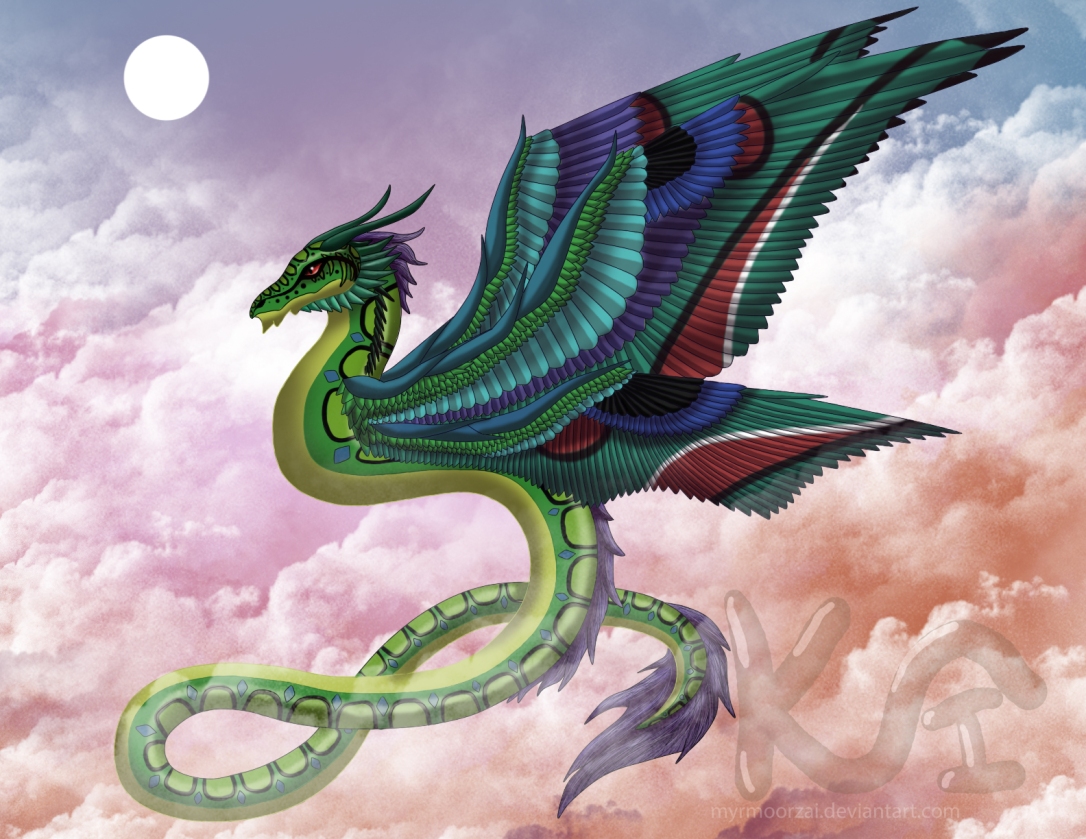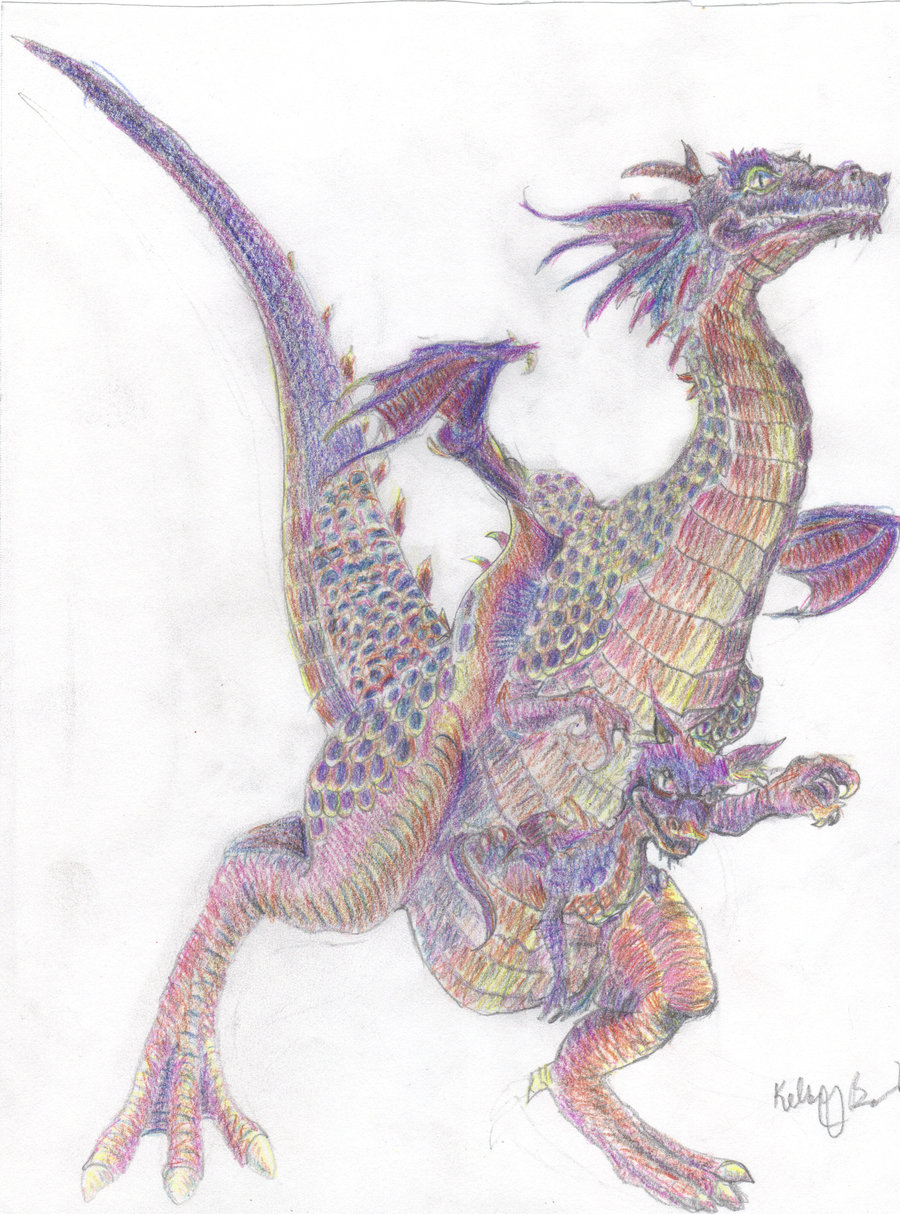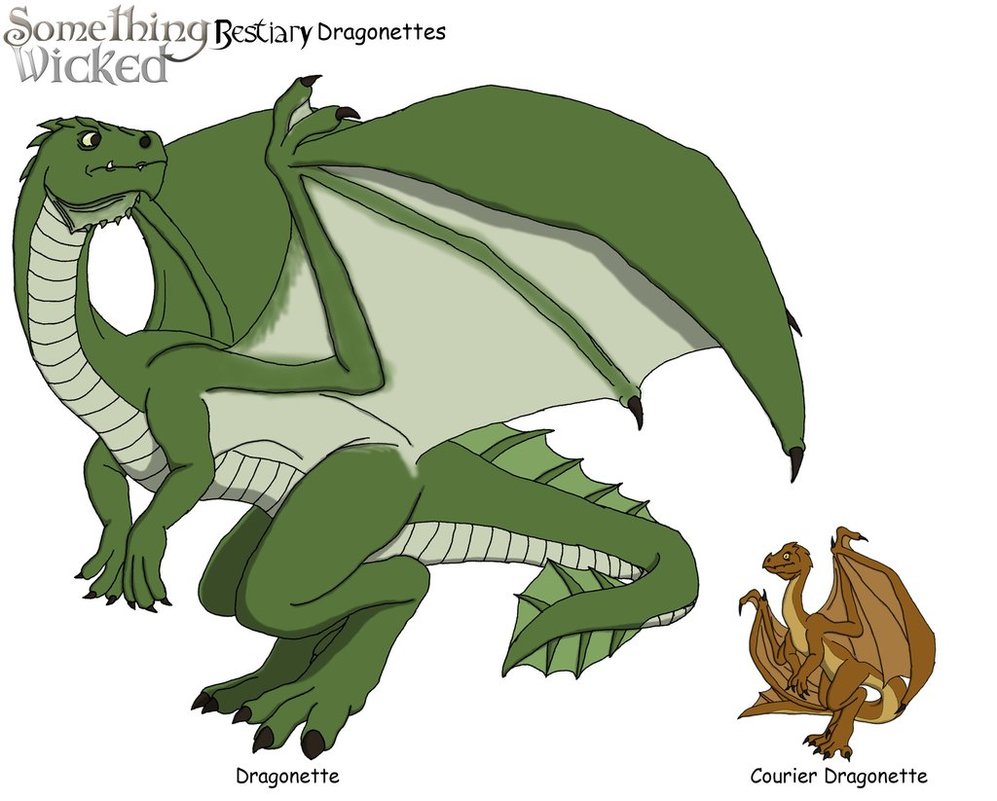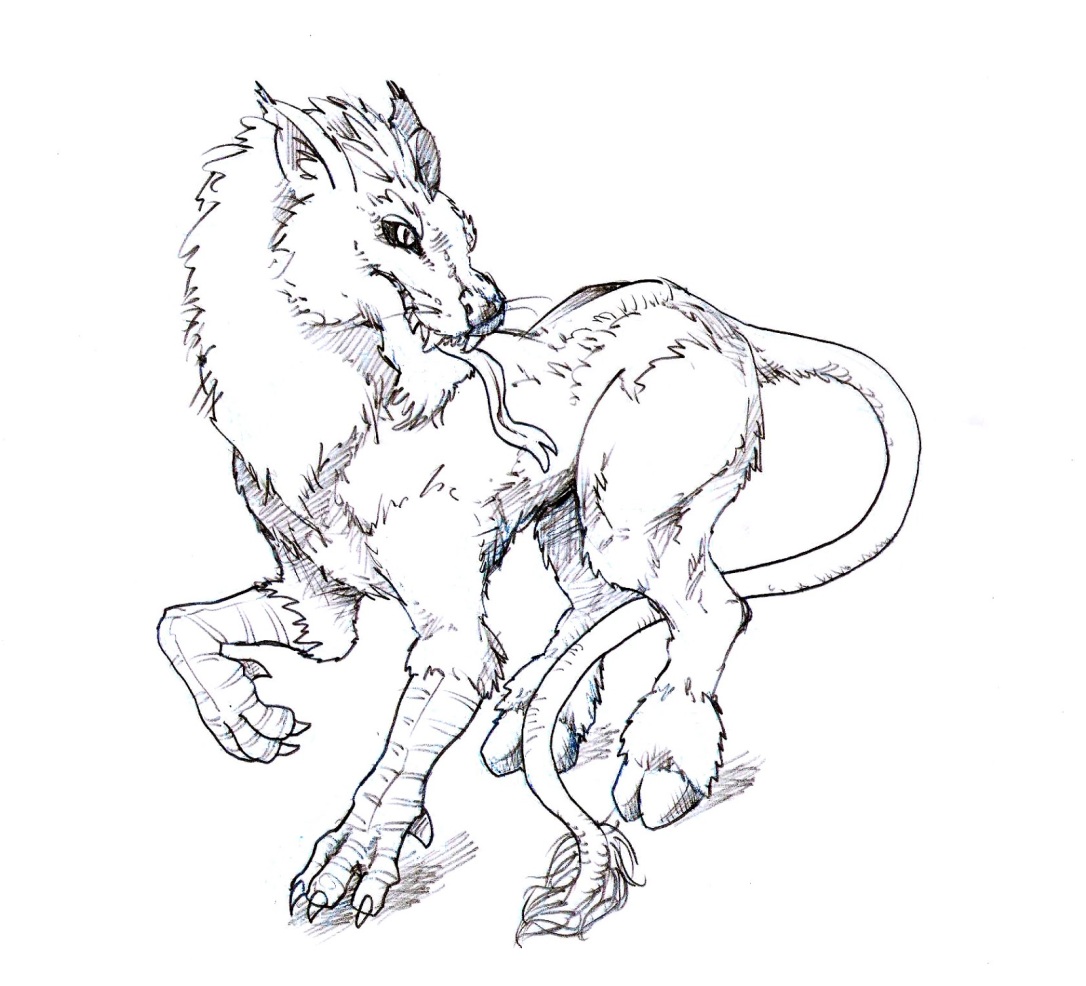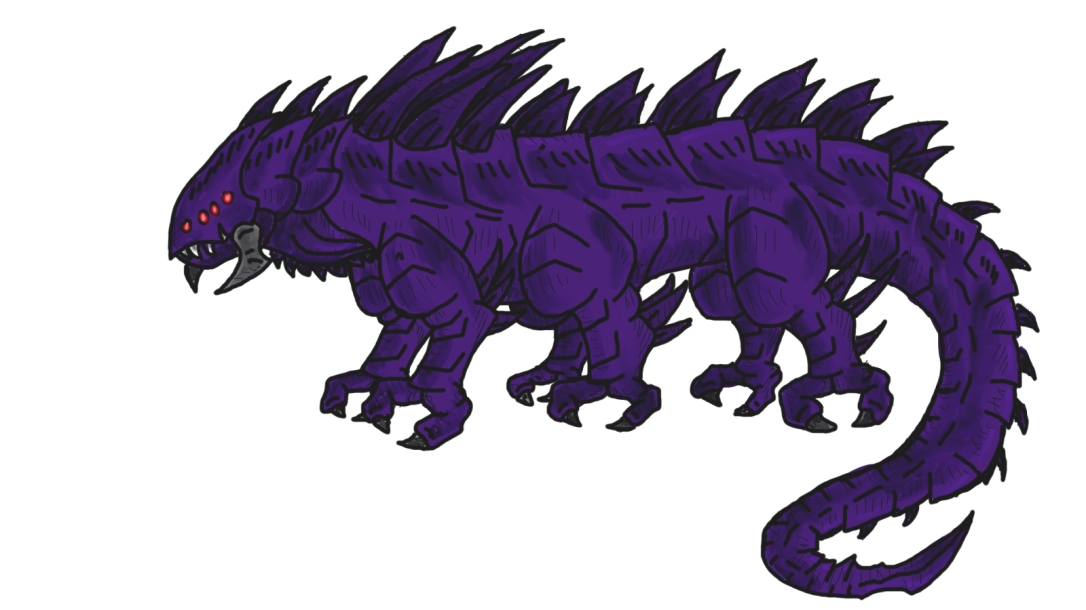Note: This is mainly a rehash of something I went over but I want to focus on character archetypes only this time.
There are at least 12 Character Archetypes. Now you may be wondering, what is a character archetype?
Character Archetype – In literature, an archetype is a typical character, an action or a situation that seems to represent such universal patterns of human nature. An archetype, also known as universal symbol, may be a character, a theme, a symbol or even a setting.
Archetypes:
The Ego Type: The Innocent, The Orphan, The Hero, and The Caregiver
The Soul Type: The Explorer, The Rebel, The Lover, and The Creator
The Self Type: The Jester, The Sage, The Magician, and The Ruler

The Innocent
-Free from moral wrong; not corrupted. Simple; naive. An innocent person, in particular. A pure, guileless, or naive person.
Motto: Free to be you and me
Core desire: to get to paradise
Goal: to be happy
Greatest fear: to be punished for doing something bad or wrong
Strategy: to do things right
Weakness: boring for all their naive innocence
Talent: faith and optimism
The Innocent is also known as: Utopian, traditionalist, naive, mystic, saint, romantic, and dreamer

The Orphan
-A child whose parents are dead.
Motto: All men and women are created equal
Core Desire: connecting with others
Goal: to belong
Greatest fear: to be left out or to stand out from the crowd
Strategy: develop ordinary solid virtues, be down to earth, the common touch
Weakness: losing one’s own self in an effort to blend in or for the sake of superficial relationships
Talent: realism, empathy, and lack of pretense
The Regular Person is also known as: The good old boy, every man, the person next door, the realist, the working stiff, the solid citizen, the good neighbor, and the silent majority

The Hero
-A person who is admired or idealized for courage, outstanding achievements, or noble qualities.
Motto: Where there’s a will, there’s a way
Core desire: to prove one’s worth through courageous acts
Goal: expert mastery in a way that improves the world
Greatest fear: weakness, vulnerability, and being a “chicken”
Strategy: to be as strong and competent as possible
Weakness: arrogance and always needing another battle to fight
Talent: competence and courage
The Hero is also known as: The warrior, crusader, rescuer, superhero, the soldier, dragon slayer, the winner, and the team player

The Caregiver
-A family member or paid helper who regularly looks after a child or a sick, elderly, or disabled person.
Motto: Love your neighbor as yourself
Core desire: to protect and care for others
Goal: to help others
Greatest fear: selfishness and ingratitude
Strategy: doing things for others
Weakness: martyrdom and being exploited
Talent: compassion and generosity
The Caregiver is also known as: The saint, altruist, parent, helper, and supporter

The Explorer
-A person who explores an unfamiliar area; an adventurer.
Motto: Don’t fence me in
Core desire: the freedom to find out who you are through exploring the world
Goal: to experience a better, more authentic, and more fulfilling life
Biggest fear: getting trapped, conformity, and inner emptiness
Strategy: journey, seeking out and experiencing new things, and escape from boredom
Weakness: aimless wandering and becoming a misfit
Talent: autonomy, ambition, and being true to one’s soul
The explorer is also known as: The seeker, iconoclast, wanderer, individualist, and pilgrim

The Rebel
-A person who rises in opposition or armed resistance against an established government or ruler. A person who resists authority, control, or convention.
Motto: Rules are made to be broken
Core desire: revenge and/or revolution
Goal: to overturn what isn’t working
Greatest fear: to be powerless and/or ineffectual
Strategy: disrupt, destroy, and/or shock
Weakness: crossing over to the dark side and crime
Talent: outrageous and radical freedom
The Outlaw is also known as: The rebel, revolutionary, wild man, the misfit, and iconoclast.

The Lover
-A person having a sexual or romantic relationship with someone, often outside marriage. A person who likes or enjoys something specified.
Motto: You’re the only one
Core desire: intimacy and experience
Goal: being in a relationship with the people, work and surroundings they love
Greatest fear: being alone, a wallflower, unwanted, and unloved
Strategy: to become more and more physically and emotionally attractive
Weakness: outward-directed desire to please others at risk of losing own identity
Talent: passion, gratitude, appreciation, and commitment
The Lover is also known as: The partner, friend, intimate, enthusiast, sensualist, spouse, and team-builder

The Creator
-A person or thing that brings something into existence.
Motto: If you can imagine it, it can be done
Core desire: to create things of enduring value
Goal: to realize a vision
Greatest fear: mediocre vision and/or execution
Strategy: develop artistic control and skill
Task: to create culture and express own vision
Weakness: perfectionism and bad solutions
Talent: creativity and imagination
The Creator is also known as: The artist, inventor, innovator, musician, writer, and dreamer

The Jester
-A person who habitually plays the fool.
Motto: You only live once
Core desire: to live in the moment with full enjoyment
Goal: to have a great time and lighten up the world
Greatest fear: being bored and/or boring others
Strategy: play, make jokes, and be funny
Weakness: frivolity and wasting time
Talent: joy
The Jester is also known as: The fool, trickster, joker, practical joker and/or comedian.

The Sage
-A profoundly wise man, especially one who features in ancient history or legend. Having, showing, or indicating profound wisdom.
Motto: The truth will set you free
Core desire: to find the truth.
Goal: to use intelligence and analysis to understand the world.
Biggest fear: being duped, misled, and/or ignorance.
Strategy: seeking out information and knowledge; self-reflection and understanding thought processes.
Weakness: can study details forever and never act.
Talent: wisdom and intelligence.
The Sage is also known as: The expert, scholar, detective, advisor, thinker, philosopher, academic, researcher, thinker, planner, professional, mentor, teacher, and contemplative

The Magician
-A person with magical powers. A person with exceptional skill in a particular area.
Motto: I make things happen.
Core desire: understanding the fundamental laws of the universe
Goal: to make dreams come true
Greatest fear: unintended negative consequences
Strategy: develop a vision and live by it
Weakness: becoming manipulative
Talent: finding win-win solutions
The Magician is also known as: The visionary, catalyst, inventor, charismatic leader, shaman, healer, and medicine man.
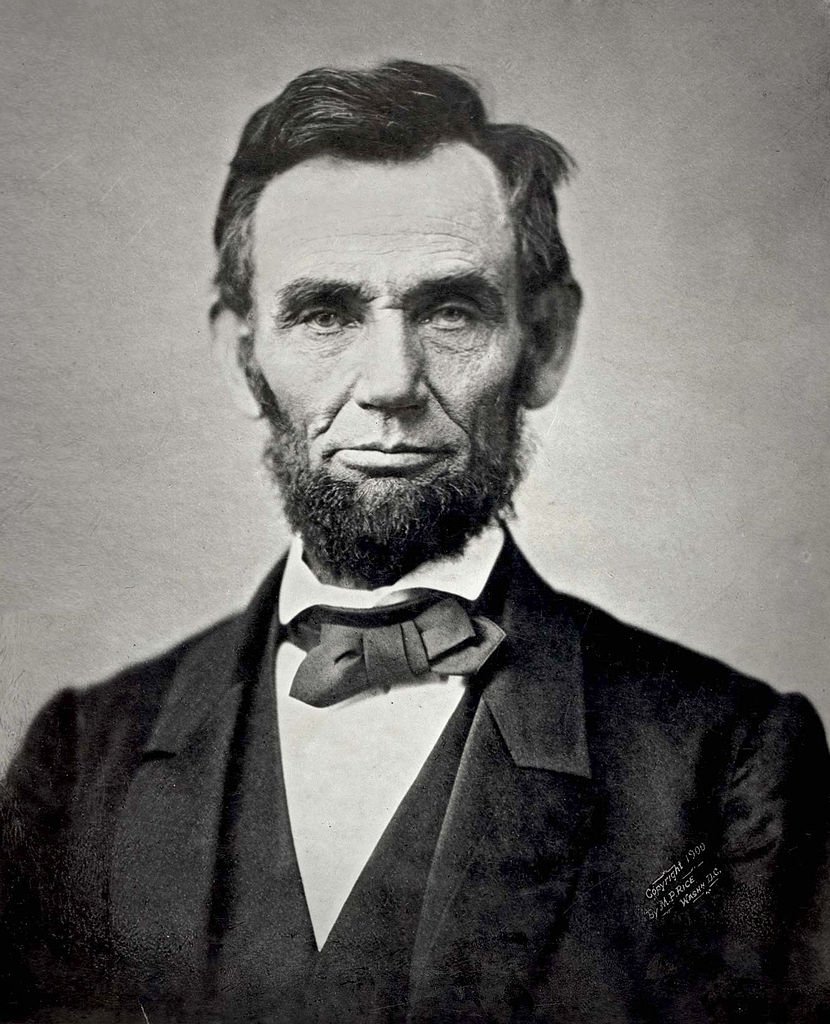
The Ruler
-A person exercising government or dominion.
Motto: Power isn’t everything, it’s the only thing.
Core desire: control
Goal: create a prosperous, successful family or community
Strategy: exercise power
Greatest fear: chaos and being overthrown
Weakness: being authoritarian and unable to delegate
Talent: responsibility and leadership
The Ruler is also known as: The boss, leader, aristocrat, king, queen, politician, role model, manager, and administrator
Now although it is easy to just place a character in one archetype, it isn’t what makes a human. Humans are actually multiple archetypes, sometimes two or three or more. For a more, in my opinion, complex character add a second archetype. It can be a conflicting one or a supportive/consistent one. Maybe you give them a specific archetype and are not beholden or don’t care of the weakness specified to that archetype.
You have many choices to make a character who they are, more real, more compelling. Now get to creating, I can’t wait to see who and what you create.
